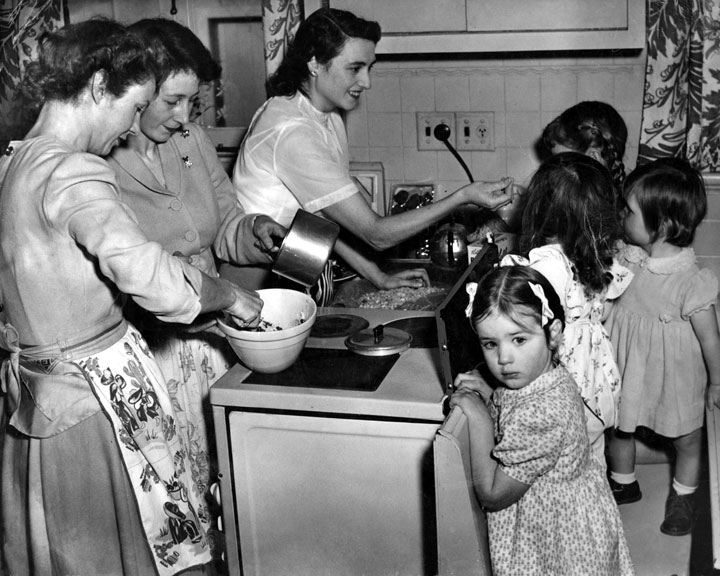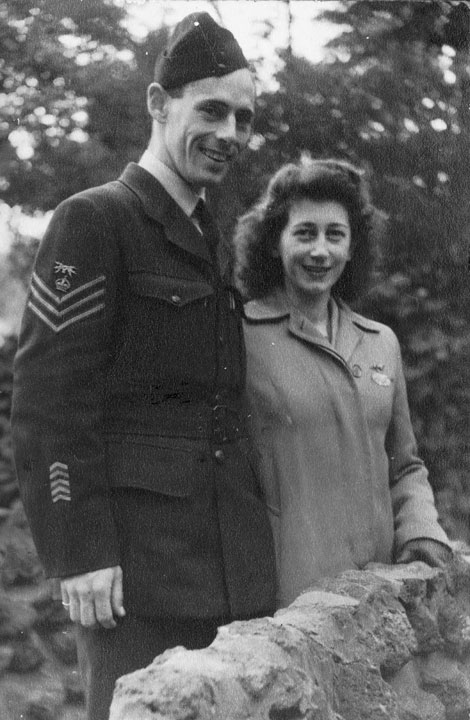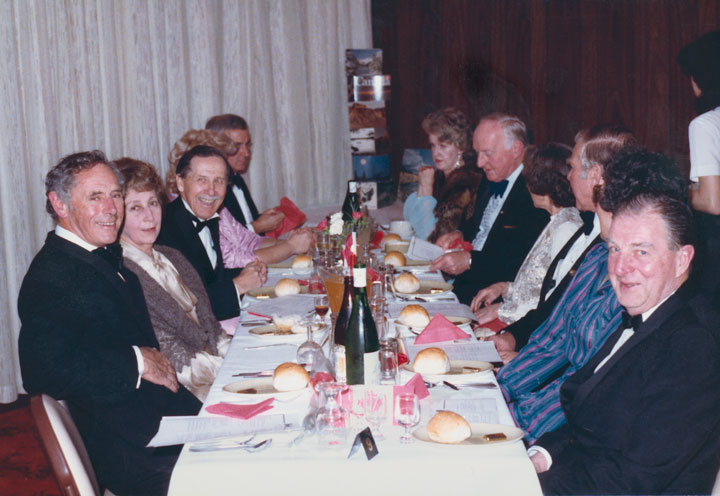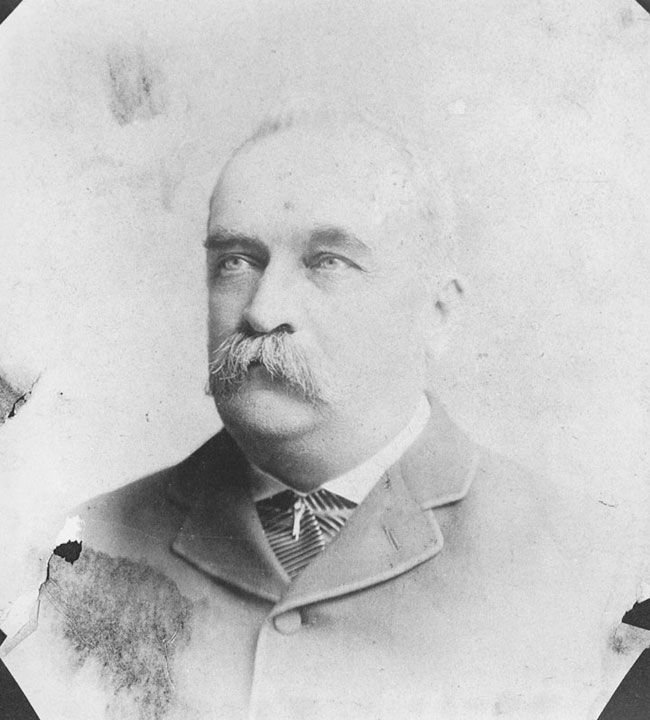Immigration History from Canada (French) to Victoria
Comme beaucoup d’autres colons, les premiers arrivants n’avaient pas choisi de s’installer en Australie, mais y furent déportés (exilés) après les troubles politiques de 1837, alors que le Canada était encore une colonie britannique. Ils se retrouvèrent donc en Nouvelle Galles du Sud et en Tasmanie et quinze d’entre eux moururent en exil.
Quelques années plus tard, dans la période: 1850-1860, c’est la ruée vers l’or qui attira des centaines de Canadiens dans les champs aurifères de Ballarat. Des noms attestent de leur présence, un ravin porte d’ailleurs le nom: Canadian Gully, ainsi nommé après un orpailleur particulèrement chanceux.;.une très grosse pépite fut appelée: Canada et celui qui dessina le drapeau des orpailleurs rebelles de l’émeute Eureka, Charles Gross, était natif du Canada. Il fut tué lors de l’affrontement avec les forces de police.
Les Canadiens jouèrent un rôle important dans le développement de l’Etat du Victoria. Samuel McGowan établit la première ligne de télégraphe entre la ville de Melbourne et Williamstown, en 1854. George et William Chaffey mirent en place le premier réseau d’irrigation le long de la rivière Murray, qui permit le développement de l’industrie des fruits secs en Australie du Sud et dans le Victoria.
L’émigration canadienne resta modeste jusqu’à la fin de la Seconde Guerre Mondiale et ce sont des histoires d’amour qui changèrent le cours de l’histoire. Beaucoup de pilotes australiens furent basés au Canada, pendant leur stage de formation, et plusieurs d’entre eux ramenèrent leurs épouses canadiennes en Australie.
L’émigration canadienne d’après-guerre fut basée sur les échanges commerciaux internationaux et la venue de travailleurs qualifies. Le nombre de ressortissants canadiens en Australie doubla entre 1961 et 1981 pour atteindre le chiffre de 3000 Canadiens, résidant dans le Victoria, et a depuis plus que doublé à 7775 résidents de Victoria en 2011.
Aujourd’hui, les associations et clubs tells: Canada Club mobilisent la communauté et célèbre la fête nationale, le 1er juillet et la commémoration de la cérémonie de la gratitude: “Canadian Thanksgiving”, le deuxième lundi d’octobre. Ces associations et clubs font en sorte que les membre de la communauté canadienne puissent rester en contact et maintenir leur identité culturelle.



